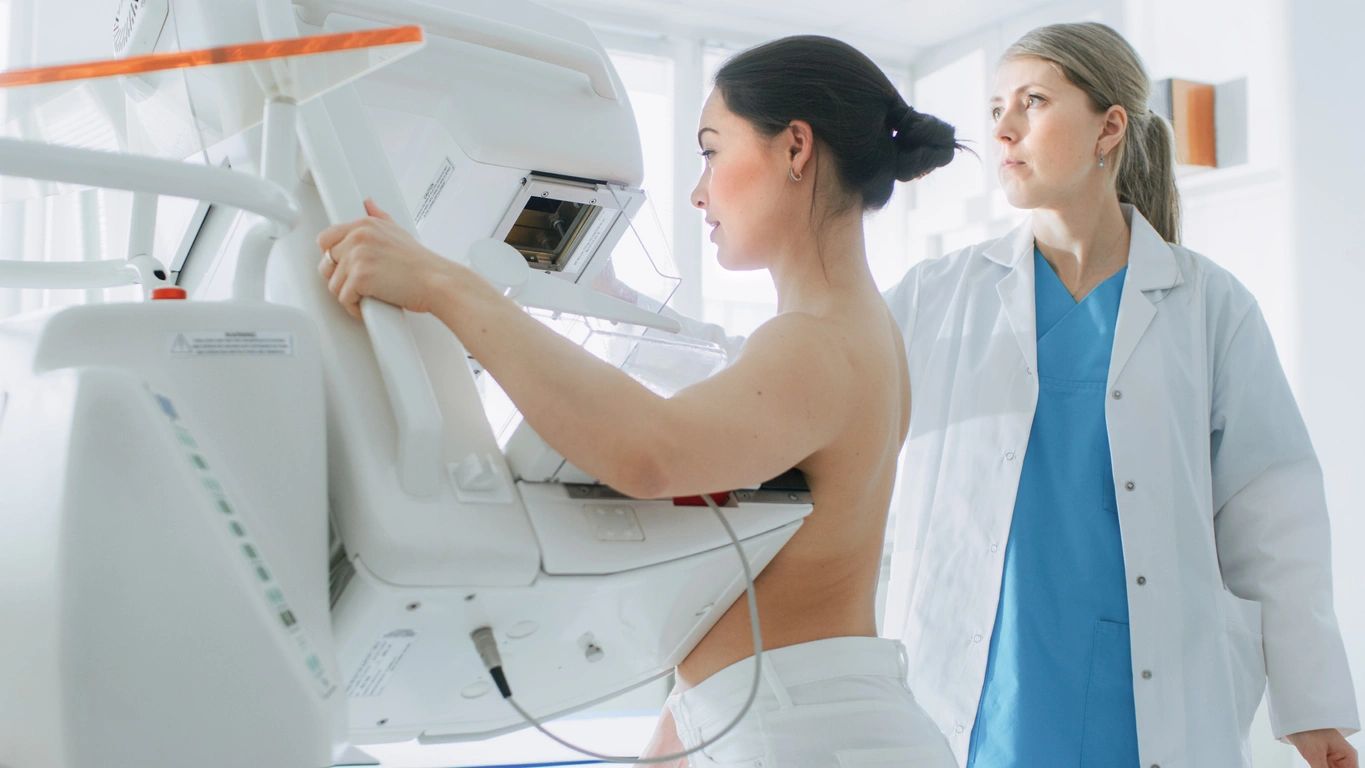
Enhancing Your Chest Appearance With a Breast Lift
Breast lift surgery, or mastopexy, restores a more youthful appearance to a woman’s breasts. Over the years breasts can lose their shape and firmness due to pregnancy, nursing and loss of skin elasticity, causing them to sag. Mastopexy will raise and reshape breasts—slowing the effects of aging and gravity. This procedure can reduce the size of the areola, the darker skin surrounding the nipple.
Mastopexy is commonly performed in conjunction with breast augmentation (implants) to increase breast firmness and size. This may appeal to women who have lost breast volume after pregnancy. Pregnancy and nursing often result in stretched skin and therefore decreased volume. If you are planning a future pregnancy, it is advisable to postpone your breast lift as pregnancy will likely cause further stretching.
As with all plastic surgery, realistic expectations and emotional stability are important. Though breasts of any size can be lifted, women with smaller breasts enjoy longer lasting results.
After Surgery: What to Expect
After surgery, your stitches will be covered with gauze and an elastic bandage or a surgical bra will hold the breasts in place. Your breasts will be bruised, swollen, and you may experience some mild discomfort for a couple of days. Your doctor may prescribe pain medication. A soft support bra replaces the bandages or surgical bra after a few days. In the recovery stage, it is important to wear the bra at all times.
After a week or two, the stitches will be removed. Some noticeable, permanent scarring is normal, but easily covered by your bra or bathing suit. The scars may be red and lumpy for a few months, eventually fading and becoming less obvious. The procedure can also leave you with unevenly positioned nipples, or a permanent loss of feeling in your nipples or breasts.

To ensure proper healing, plan to stay at home for at least a week before returning to work. You will need to avoid lifting anything over your head for 3-4 weeks and avoid strenuous sports for at least 1 month.


